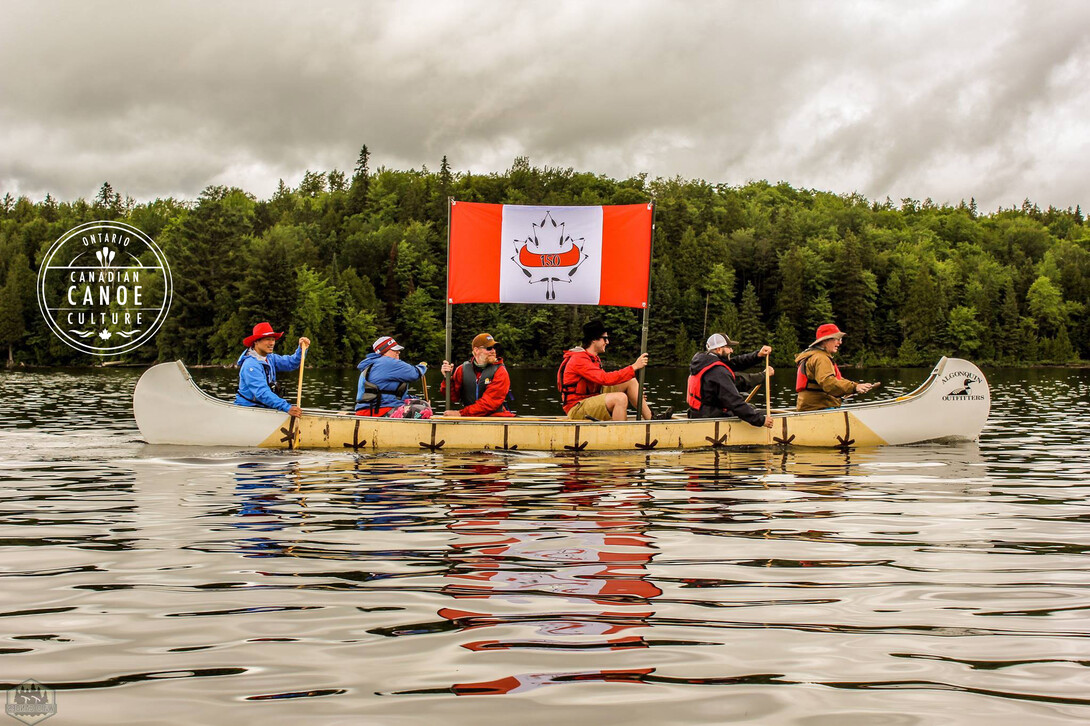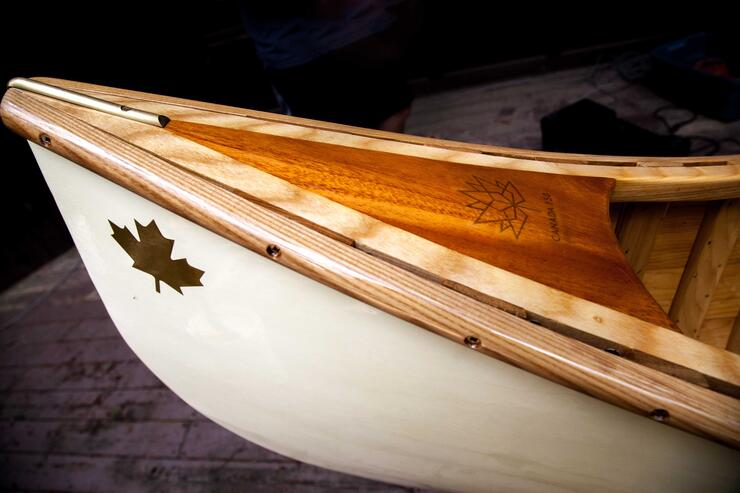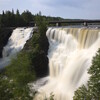
Celebrating The Canoe for Canada's 150 Birthday


Celebrations are ringing throughout Canada as it celebrates its 150th (sesquicentennial) birthday. But there was one celebration that was characteristically similar, while at the same time, different, for one simple reason—it was also a celebration of the canoe.

The canoe in the minds of many Canadians is as iconic as hockey, Tim Hortons, and maple syrup. However, many scholars and writers claim its representation and symbolism is even more significant than the maple leaf found on the Canadian flag. All one needs to do is look back at our history, where one will find countless references to it. It played a prominent role throughout the years that defined our nation, but even more so prior to Confederation.
So why is the canoe so symbolic to Canada? Roll out a map, or open Google Maps, and look at the topography of Canada. There are countless bodies of water that dot the landscape, crisscrossed by ribbons of blue that connect them all. This was Canada’s original highway, or railroad if you will. The Indigenous people intimately knew this. In order to take advantage of this topographical feature, they created the ultimate transportation vehicle: the canoe.
The canoe was literally born from the land—its essence sourced from life all around it. But the canoe was far from one-dimensional. It instilled a deeper connection with the surroundings, provided freedom and opportunity, and fostered commerce.
It was that last manifestation, commerce, that changed the course of this land's history forever. The gift of the canoe to the early Europeans transformed its humble status to something larger than life. Much more than anyone expected, indigenous or otherwise.
Cemented now in our history, this ingenious mix of cedar planks, spruce roots, and birch bark became the primary reason we've come to know this land today as Canada. Canada owes a large gratitude to the Indigenous people who crafted the canoe and shared their profound knowledge of how to travel by water. Without the canoe, there would be no Canada.

So we decided to celebrate Canada's 150th birthday by bringing together 150 canoes on Canoe Lake in Algonquin Provincial Park. The name of the lake was fitting, plus it is located in Canada’s oldest park. It was also the most beloved lake of Tom Thomson, Canada’s most famous artist.
Celebrations took place over the weekend of June 23 to 25, 2017 with canoe-themed events and specially designed commemorative canoes on display. The main event took place on Sunday June 25. Under heavy clouds and at times torrential rains, the participants came in droves despite the conditions. Not even the weather could stop these ardent canoeists from celebrating a special moment in history.

After some heartwarming speeches, the canoes formed a ring around the North Canoe. When we counted off canoes, there were only 141... but that didn't seem to matter. When the specially designed Canadian-themed canoe flag was raised from the large canoe, everyone sang the national anthem in union.

There were cheers, there were tears, and there was the drumming of the paddles against the gunwales that was deeply moving. The awe and pride was clearly palpable. It was an incredibly raw and visceral moment.
The cheering attracted more canoes including some very surprised paddlers returning from a backcountry trip. The count started again... one, two, three... would we get to 150 this time? Watch the video to find out.
The 150 for 150’s success was not only because the planned goals were met, but because the event showed that the Canadian Canoe Culture continues to thrive in Ontario.
Recommended Articles

Crown Land Camping

11 Jaw-Droppingly Beautiful Landscapes

Natural Highs

Explore Ontario’s Hidden Gems

Go Foraging in Ontario

2024 Triathalons

Ontario Trail Races

Hike The Best Trails

Ontario Birding Checklist

Insider’s Guide to Sleeping Giant

Vacation Hotspots

Get Hooked in Algonquin

Adventure Races Ontario

Best Waterfalls in Ontario

6 Best Places To Camp On Manitoulin

Dog-Friendly Campgrounds in Ontario

Incredible Swimming in Ontario

Take Your Dog on Vacation

Beach Camping in Ontario



